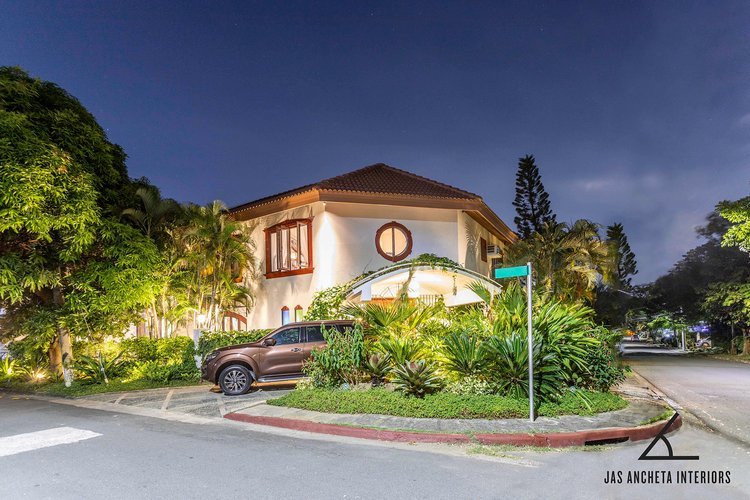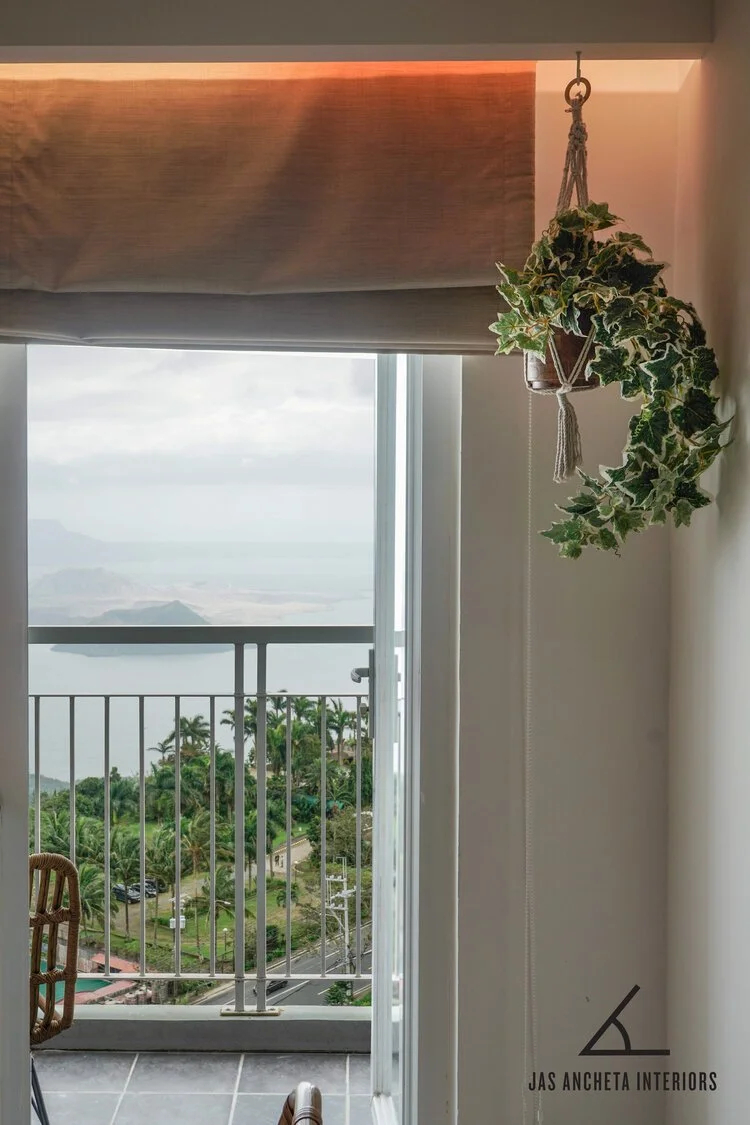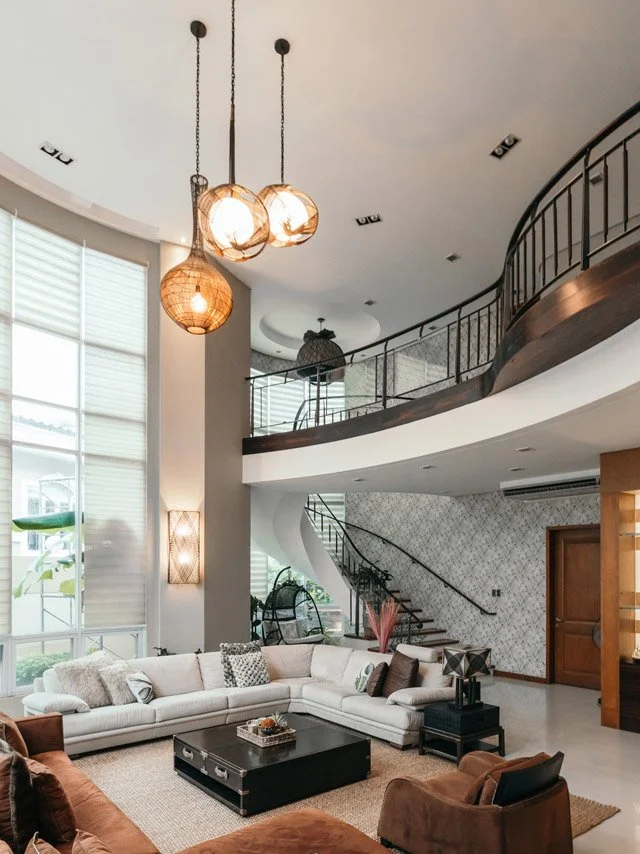Whether you work from home full-time or telecommute just a couple days a week, having a dedicated home office is a great asset. If you don’t have the space for an office in your house, a garage conversion is a possibility. With these helpful tips, you won’t need to spend months and tens of thousands of dollars to convert your garage into your dream home office.
Designing Your Space
When planning your space, consider whether clients will visit, you’ll be sharing the space, or this office will be just for you. Plan not just workspace for your desk and chair, but also a cozy section where you can relax. The furniture you choose depends on your lifestyle, your design style, and your budget. You might prefer an ergonomic stand-up desk to improve your comfort, posture, and productivity. On the flip side, you might like furniture that matches the décor in the rest of your house or unusual custom pieces.
Visit a variety of furniture stores to narrow down your choices. Compare prices in local stores as well as online to find the best deals. If you don’t have multiple windows in your garage, you’ll also need to add more lighting. Consider additional lights, such as floor or desk lamps. Also, don’t be tempted to buy every last piece of furniture right away. In order to avoid buying furniture you won’t use regularly, start with the basics and then add additional pieces as you need them.
Making It Usable
Before you start bringing in furniture, you need to make the space usable for your needs. Your garage floor is probably basic concrete. Although you could leave it that way and just add an epoxy sealant, you may want to install carpet tiles or vinyl planks on top. Fortunately, these options are easy to install whether you do it yourself or hire someone. If your garage is particularly cold, you can add stud framing, insulation, and a layer of drywall. If your garage already has drywall, you can enhance the walls with pegboard or another covering.
Although you might be tempted to remove the garage door, leaving it is the easiest (and most affordable) option and lends to the industrial look. If you do remove it, you can replace the garage door with a solid wall, French doors, or even a wall of windows. However, you need to make sure your local regulations allow such a change before removing your garage door.
While you could invest in extending your existing HVAC system into your garage space, it's much more cost-effective to use space heaters in the winter and a portable air conditioning unit. Your new office might not be the exact temperature as your home, but it will definitely be livable.
If the WiFi signal is weak in your garage, you'll need to find a solution for your home office internet. First, relocate your router to a spot closer to the garage. If that doesn’t help, consider buying a newer model to get a stronger signal. If you still can’t get strong, consistent WiFi in your garage, look into buying an internet-capable device to expand the signal coverage. You may be able to find discounts on these devices if you sign a new contract with your wireless carrier.
Although much of a garage conversion can be done on your own, according to Bob Vila, you should hire a licensed electrician to install outlets or upgrade the wiring. An electrician can add a circuit to your breaker panel, if necessary, and make sure all the work is up to code.
Putting on the Finishing Touches
After placing all your furniture, you will want to add some additional touches to finish off your new office space. Personal photos, motivational prints, hanging plants, or flower vases can make the space your own. You want your office to be a functional space, but also a happy place that you want to be. You’ll spend a lot of time there, so make it comfortable!
Converting your garage to your home office can take a simple update or a complete overhaul, depending on your wants and needs. With some careful planning and bargain shopping, you can create your dream office space easily and affordably.




















